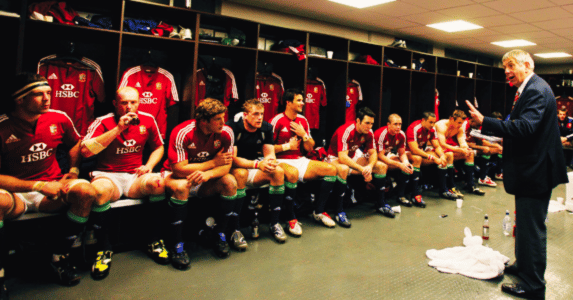What is Scrum Rugby? Everything you want to know
Scrum in rugby refers to a method of restarting play, involving eight players from each team locking together in three rows, then pushing against the opposing team’s assembled eight, and competing for the ball that’s thrown into the group.
As one of the most iconic aspects of rugby union and rugby league, the scrum is an integral part of the game’s strategy and drama.
This set-piece is distinctive to rugby and often symbolizes the sport’s physical and tactical demands. Although it may seem chaotic and confusing to those unfamiliar with the sport, the scrum is actually a highly regulated and strategic event that plays a significant role in determining the game’s outcome.
Understanding the rules and tactics involved in a scrum can enhance the appreciation of rugby’s unique blend of power, agility, and intelligence.
The Structure of the Scrum
The scrum’s organization is a key element of its effectiveness and safety.
In rugby union, a scrum consists of eight players from each team: three in the front row, two in the second row, and three in the back row.
Rugby league scrums, on the other hand, typically involve fewer players.
The team’s hookers and props make up the front row, who lock heads with their opposite numbers, while the second row includes the locks, who bind onto the props.
The back row is the scrum’s powerhouse, where the flankers and the number 8 harness and direct the force generated by the pack.
Significance of the Scrum
The scrum serves several important purposes in a rugby game. It’s not only a way to restart play after minor infringements but also a critical platform for launching attacking moves.
Winning a scrum provides the opportunity to control the ball and dictate the play, which is why teams strive to have a dominant scrum. It’s a battle for territory, control, and, ultimately, points on the board.
Safety and Evolution of the Scrum
In recent years, there have been numerous rule changes in rugby aimed at improving the safety of the scrum. What was once a somewhat dangerous aspect of the game has become safer due to these adjustments, including stricter engagement sequences and laws governing binding and driving.
Frequently Asked Questions about Scrum in Rugby
The scrum-half plays a crucial role in the scrum. They are responsible for throwing the ball into the scrum (a process known as the ‘feed’) and retrieving the ball once it’s been won by their team.
The collapse of a scrum can occur for various reasons. One team may be trying to gain a tactical advantage, or there might be a lapse in technique or strength. However, collapses are potentially dangerous and are penalized by referees.
The scrum has evolved over the years due to rule changes aimed at improving player safety. Some of these changes include new engagement sequences to reduce impact forces, and stricter rules on how players bind together.
While size and strength are important in a scrum, the technique is equally crucial. A smaller but technically proficient pack can often best a larger but less skilled one.
While it’s rare, a team can score directly from a scrum. This usually occurs when the team with the ball drives the scrum over the opponent’s try line, and the ball is touched down by a player.







